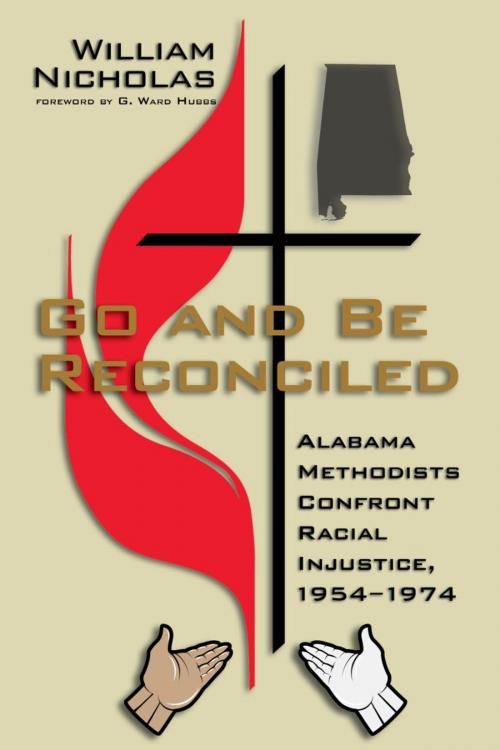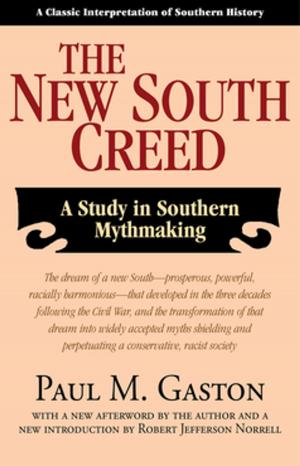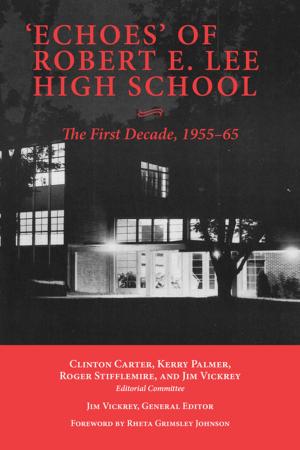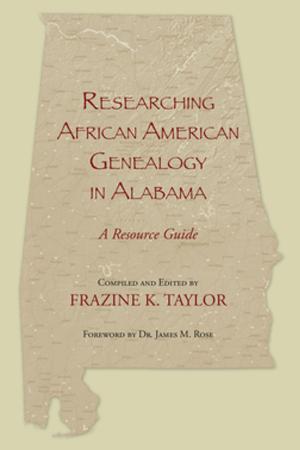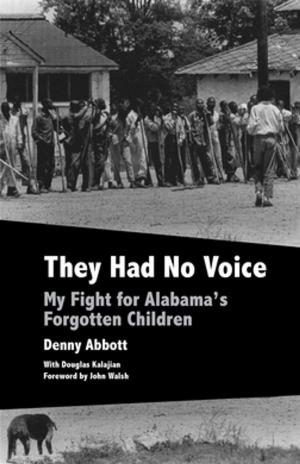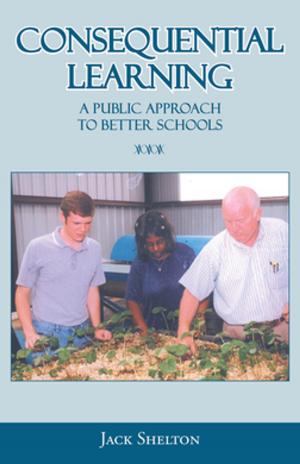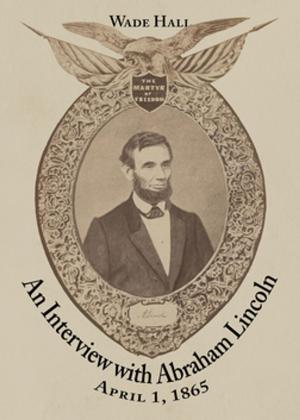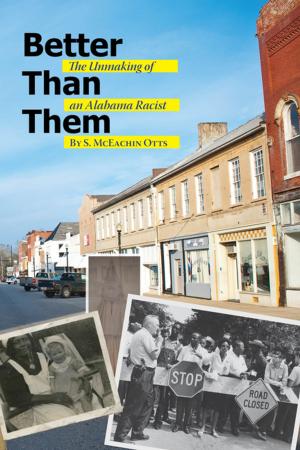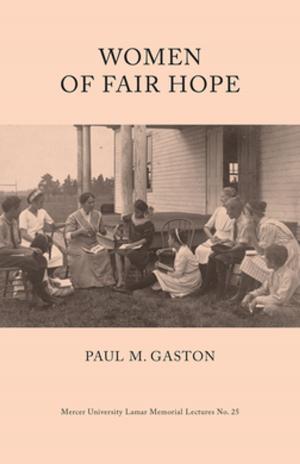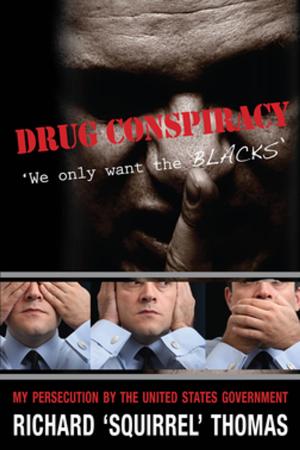Go and Be Reconciled
Alabama Methodists Confront Racial Injustice, 1954-1974
Nonfiction, Religion & Spirituality, Christianity, Denominations, Methodism, Church, Church & State, History, Americas, United States| Author: | William Nicholas | ISBN: | 9781603064156 |
| Publisher: | NewSouth Books | Publication: | June 1, 2018 |
| Imprint: | NewSouth Books | Language: | English |
| Author: | William Nicholas |
| ISBN: | 9781603064156 |
| Publisher: | NewSouth Books |
| Publication: | June 1, 2018 |
| Imprint: | NewSouth Books |
| Language: | English |
During the climactic years of the civil rights movement in the Deep South, a closely related struggle was going on within the United Methodist Church. That denomination, second only in membership in the region to the Southern Baptists, was slowly moving toward integration under mandate from its national governing body, the Methodist General conference. But in Alabama, external institutional pressures and even internal constituencies were not strong enough to break down the segregated church structure: doing that would require a significant shift in the leadership of the church. The story is one in which an institution based on the moral teachings of Christianity confronted the immorality of racism and legal segregation within its own ranks while it continued to operate within a racially divided larger society. Against the backdrop of the tumultuous events of the civil rights struggle (the 1954 Supreme Court school desegregation decision, the Freedom Rides in 1961, the King demonstration in Birmingham in 1963, and the Sixteenth Street Baptist church bombing), the North Alabama Conference and its counterpart in South Alabama carried on a spirited and often bitter debate over the existence of a completely separate conference for their black membership. This book tells the inside story of the struggle within the North Alabama Conference for the first time by utilizing the publications and official archives of the church. But its most important sources are interviews with a wide spectrum of Methodists, including those who served in roles of leadership and those who were simply faithful members of their respective churches. Their accounts are compelling and go far beyond the sometimes vague and uninformative official conference documents. Many of the persons interviewed are no longer living, but in transferring their spoken words onto the printed page, there is a sense that their long-suppressed stories are being told for the first time. They described in detail how a hierarchical institution moved from a position of absolute commitment to segregation to one in which the uniting of the races under one organizational structure was achieved. In the end, the integration of the church was finally realized as a result of the daring leadership of a single bishop who challenged the prevailing white segregationist laity, Kenneth Goodson. But along the way there were many other persons who risked their careers and even their personal safety on behalf of racial justice. This is their story as well.
During the climactic years of the civil rights movement in the Deep South, a closely related struggle was going on within the United Methodist Church. That denomination, second only in membership in the region to the Southern Baptists, was slowly moving toward integration under mandate from its national governing body, the Methodist General conference. But in Alabama, external institutional pressures and even internal constituencies were not strong enough to break down the segregated church structure: doing that would require a significant shift in the leadership of the church. The story is one in which an institution based on the moral teachings of Christianity confronted the immorality of racism and legal segregation within its own ranks while it continued to operate within a racially divided larger society. Against the backdrop of the tumultuous events of the civil rights struggle (the 1954 Supreme Court school desegregation decision, the Freedom Rides in 1961, the King demonstration in Birmingham in 1963, and the Sixteenth Street Baptist church bombing), the North Alabama Conference and its counterpart in South Alabama carried on a spirited and often bitter debate over the existence of a completely separate conference for their black membership. This book tells the inside story of the struggle within the North Alabama Conference for the first time by utilizing the publications and official archives of the church. But its most important sources are interviews with a wide spectrum of Methodists, including those who served in roles of leadership and those who were simply faithful members of their respective churches. Their accounts are compelling and go far beyond the sometimes vague and uninformative official conference documents. Many of the persons interviewed are no longer living, but in transferring their spoken words onto the printed page, there is a sense that their long-suppressed stories are being told for the first time. They described in detail how a hierarchical institution moved from a position of absolute commitment to segregation to one in which the uniting of the races under one organizational structure was achieved. In the end, the integration of the church was finally realized as a result of the daring leadership of a single bishop who challenged the prevailing white segregationist laity, Kenneth Goodson. But along the way there were many other persons who risked their careers and even their personal safety on behalf of racial justice. This is their story as well.
